As a Turkish person, I even asked myself this question several times.
Let me give you the facts, and then As a Turkish, I will share my thoughts on Turkey’s cultural alignment between Europe and the Middle East.
The main dilemma about Europe being a continent is Europe is not actually a continent but a peninsula of Asia.
Europe as defined by Wikipedia:
“Europe is commonly considered to be separated from Asia by the watershed of the Ural Mountains, the Ural River, the Caspian Sea, the Greater Caucasus, the Black Sea, and the waterways of the Turkish Straits.
Although much of this border is over land, Europe is generally accorded the status of a full continent because of its great physical size and the weight of its history and traditions.” Source
As you can understand from this definition, Europe is regarded as a continent not because it is geographically a continent but because Europe has a unique historical and cultural identity.
The definition of European borders changed many times in history, and the vagueness of European borders also created debates about if some countries are located in Asia and Europe.
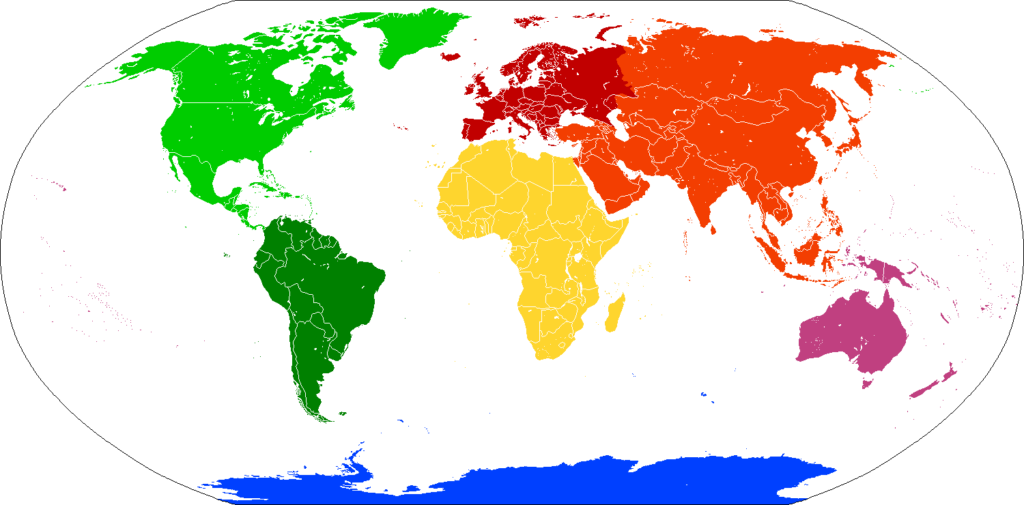
Is Turkey Europe or Asia?
Short answer.
Turkey is a large country with a rectangular shape, Turkish territory that bridges southeastern Europe and Asia.
Turkey has a territory in both Asia and Europe.
For this reason, Turkey is a transcontinental country. The European portion of Turkey (Thrace region) comprises 3% of the country and 15% of Turkey’s population. Anatolia is the name of the Asian part of Turkey.
Long Answer (or if you ask, “Is Turkey part of Europe or Asia”
Turkey is a bridge country between Asian and European countries, and culturally and historically closer to European countries.
Turkey is culturally part of a European country and linguistically a Central Asian country.
Let me try to help you understand Turkish society’s European and Asian parts.
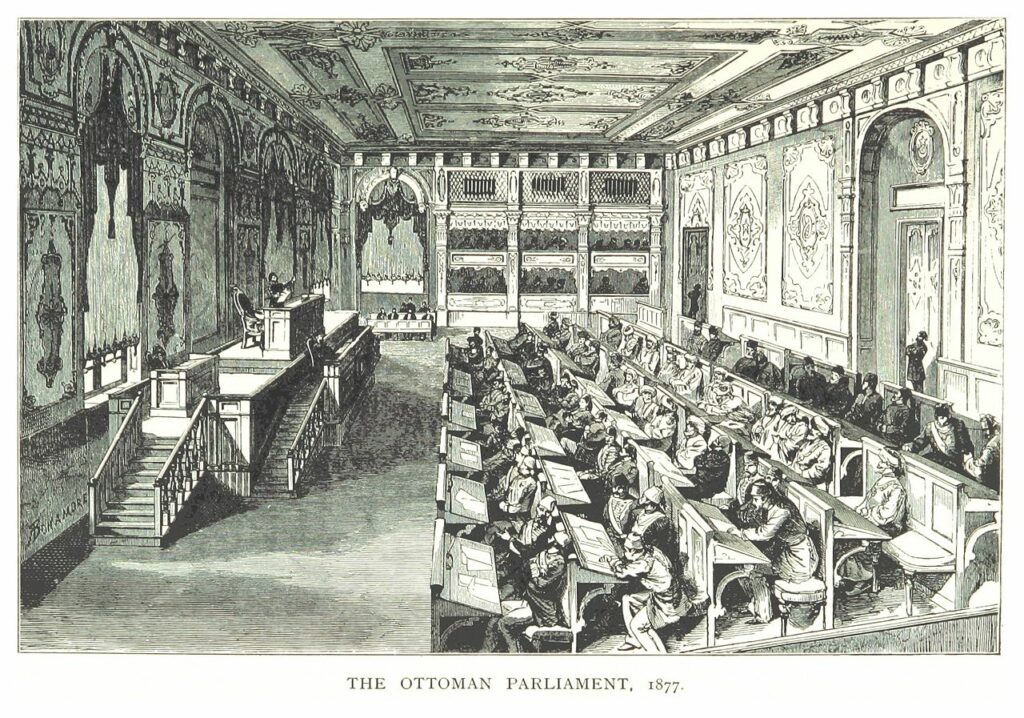
Is Turkey part of Europe or Asia?
Turkey is a transcontinental country with Asian and European parts. For this reason, Turkey is called a Eurasian country.
Yet, Turkey is a country with liberal values and a secular democratic government.
Turkey has deep-rooted democratic traditions that evolved side by side with European democracies.
Turkish Gender equality is on par with European democracies. Please read my article on Turkish Women to learn more.

Turkey was one of the first European countries to accept secularism, and Turkey was also one of the first countries to recognize equal voting for women in 1930. (A decade before Belgium, France, and Italy.)
These changes gave women the right to divorce, equal rights in inheritance, and custody of their children.
For this reason, since the beginning of the 20th century, Turkey has been regarded as a first-world country. Turkey is one of the key members of the Western Alliance and a member of NATO.
You can check my article to learn more about why Turkey is regarded as a first-world country.
Yet, Turkey also has strong cultural and linguistic ties with Central Asian Turkic countries.
Turkish is an Altaic language with grammatical similarities to Hungarian, Finnish, Korean, Mongolian and Japanese languages.
Please check my article if you wish to learn more about the Turkish language and its origins.
Turkish people are genetically most similar to South Italians and Greeks.
The most significant difference between Turkish ethnic origins and other South Europeans is Turkish people’s Central Asian heritage.
More than 15% of Turkish genetic ancestry is believed to come from Central Asian Turkic people.
Yet, This number may be higher because Turkic people are known to have some degree of European DNA.
For more information on that, you can check my article on Turkish people’s race and my other article on how Turkish people look.
Turkey is a European Country
Europe and Europeness are built on Greek and Roman Empire cultural traditions. Turkey also embraces Roman Empire traditions.
For more than 600 years, the Turkish capital was Istanbul, the capital of the East Roman Empire.
The Turkish Ottoman Empire was a major power in Europe, ruling a significant part of Europe and controlling most of the Mediterranean.
Yes, there are Central Asian Turkic elements in our culture, but the Turkish government structure and all of Turkey’s economic and political organizations are based on the Roman Empire and Western legal traditions similar to European countries.
Turkey, besides being politically, culturally, and economically aligned to Europe, Turkish people are European.
Turkey is not a country where European norms were dictated, and the nation was civilized by Europeans.
For ages, Turkey and Turkish people directly contributed to European culture and played a major role in the formation of European culture. Turkey is part of Europe like any European nation.
From Mozart to Rembrandt and centuries-long alliances or wars with major European powers, even in Ikea meatballs, you can see traces of Turkish culture and history all over Europe.
Turkey is not a country influenced by European culture but a country that is a major contributor to European culture.
You can check my article to learn If you wish to learn why I think Turkey is a part of European culture.
Today, Turkey still participates in European sports and cultural events.
Turkey has the highest standards among Asian countries in nearly every category. Yet, like me, Turkish people subconsciously always compare our country with European countries, not Asian countries.
We always try to align with European standards and not Asian standards.
For example, Turkey could win many more medals if Turkey decides to compete with Asian countries in sports, yet Turkish people feel European.
We may not be the best in Europe, but Turkey has a place in Europe.
Is Turkey in Europe or the Middle East?
Turkey is a transcontinental country.
For this reason, Turkey is considered to be in the Middle East (Asia) and the Balkans (Europe) at the same time. Anatolia is the Asian part of Turkey, and Thrace is the European part of Turkey.
Yet, Turkish people are not happy to be grouped with other Middle Eastern countries. Turkish roots, history, and worldview are significantly different from Middle Eastern countries.
I have been to many countries like Cyprus, Germany, Denmark, the United Kingdom, and Greece. I had no problem with the ways of doing things.
Because the European thinking model is aligned with the Turkish model. I feel most close to Greeks, Italians, and Spanish.
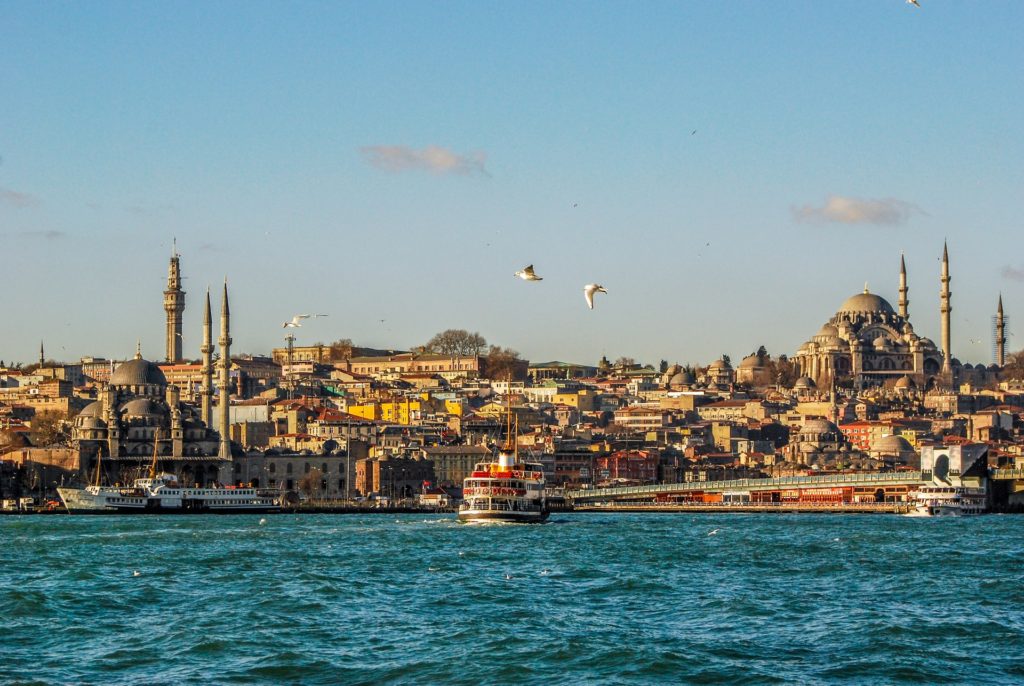
Yet, Middle Eastern countries are a different story for me.
When I traveled to Egypt, yes, it is one of the most civilized places in the Middle East, but it was very foreign to me.
Even in London, during my postgraduate studies, I could not relate to other Middle Easterners.
Arabs had their own histories and language, which is completely different from Turkish history and language.
Check my article to learn more about how different Turkish is from Arabic and Turks are from Arabs
To better experience Turkey, you should look around and observe the locals. This is very important if you want to really understand Turkish people.
Tourist guides like to exaggerate and make you think you are in a very exotic place, but not everything your tourist guides say is true.
For example, you are watching a belly dancing night show, but you will see no Turkish locals with you. It is because belly dancing is not a regular part of Turkish culture.
Have you seen a Turkish haggling or hassling as tourists do? That’s because it is not our culture; we look at the price tags as Europeans do.
Just notice the locals and experience the real culture; things will look more similar.
You can also check my other article Is Turkey in the Middle East if you wish to know more.
Is Turkey a member of the EU and Council Europe?
Turkey became one of the first new members (the 13th member) of the Council of Europe in 1950.
The Council of Europe consists of all 47 European states regardless of whether they are a member of the European Union.
The European Council focuses on the integration of the rule of law, human rights, and democracy.
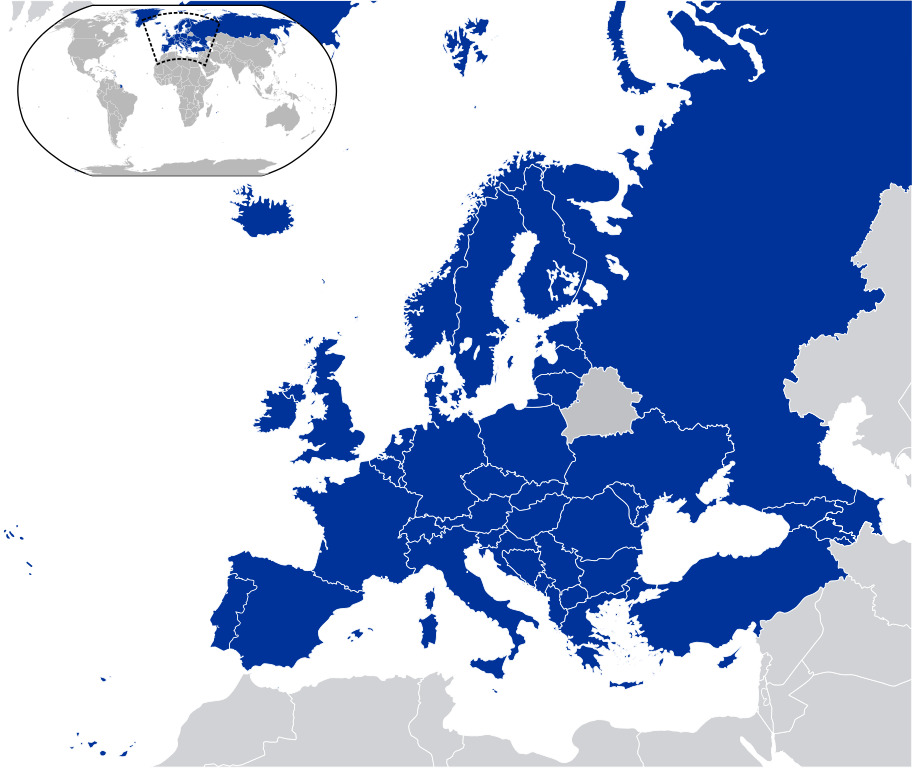
On the other hand, The European Union focuses on the socio-political and economic integration of European countries and societies.
Not all European countries are members of the European Union. Currently, the European Union has 27 members, and Turkey is in accession negotiations with the European Union.
Does European Travel Insurance include Turkey?
I realized that some of my readers are here to learn practical information. So I also quickly answer this question.
Turkey is often counted as a part of Europe, but it’s not a European Union member. Most travel insurance will include Turkey as a European country. Travel insurance providers rarely classify Turkey differently.
Healthcare is affordable in Turkey, and access to healthcare is seen as a human right in Turkey.
Even if you are a foreigner and do not have insurance coverage, you would be surprised by the service quality of Turkish hospitals and the reasonable fees charged.
| Turkish European Territory | Turkish Asian Territory | |
| Name | Thrace (or East Thrace) | Anatolia (or Asia Minor) |
| Percentage of Turkish Territory | 3% | 97% |
| Percentage of Turkish Population | 15% | 85% |
| Turkish Population | 12 million people | 70 million people |
| Size (sq km) | 23,764 km2 | 755,688 km2 |
| Size (sq mi) | 9,175 sq mi² | 291,773 mi² |
| Similar in land area to | Belgium, Slovenia | Bigger than France, Significantly bigger than Germany and Spain |
Related posts you may like
- What Do Turkish People Look Like? With Pictures and History
- What Languages Do Turkish People Speak? A Local Explains
- Why is Turkey considered European? Explained With Unknown Facts
- Turkish Women – How and Why They Are Different?
- Are Turkish People Arabs? 9 Major Things to Know
- What are Turkic Languages? A Turkish Explains
- Languages Similar to Turkish – Is Turkish Mutually Intelligible?
- Why is Turkey a First World Country? Explained

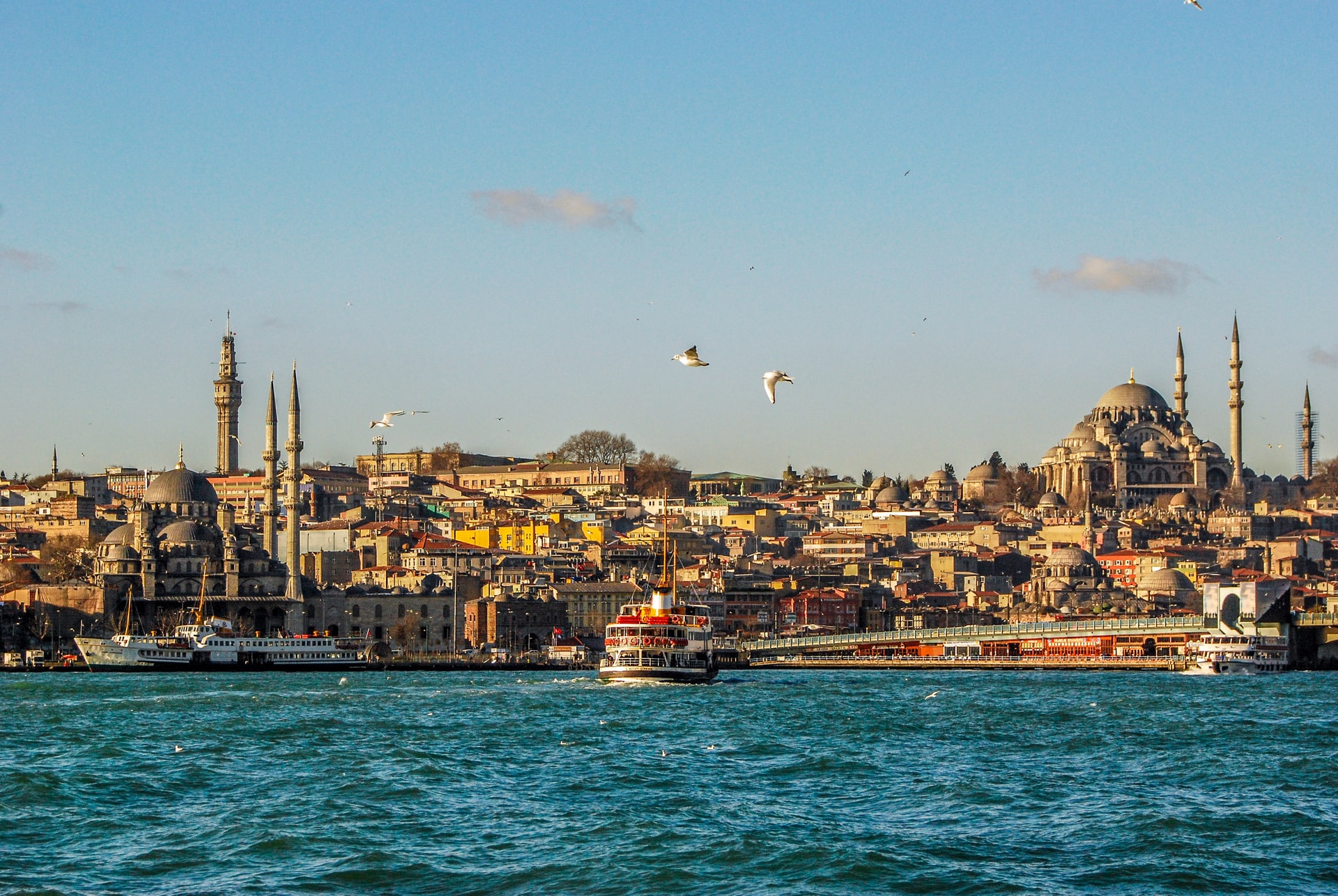
Well explained and easy to read article with many sources to gain from.
Thank you for broadining the view of many.